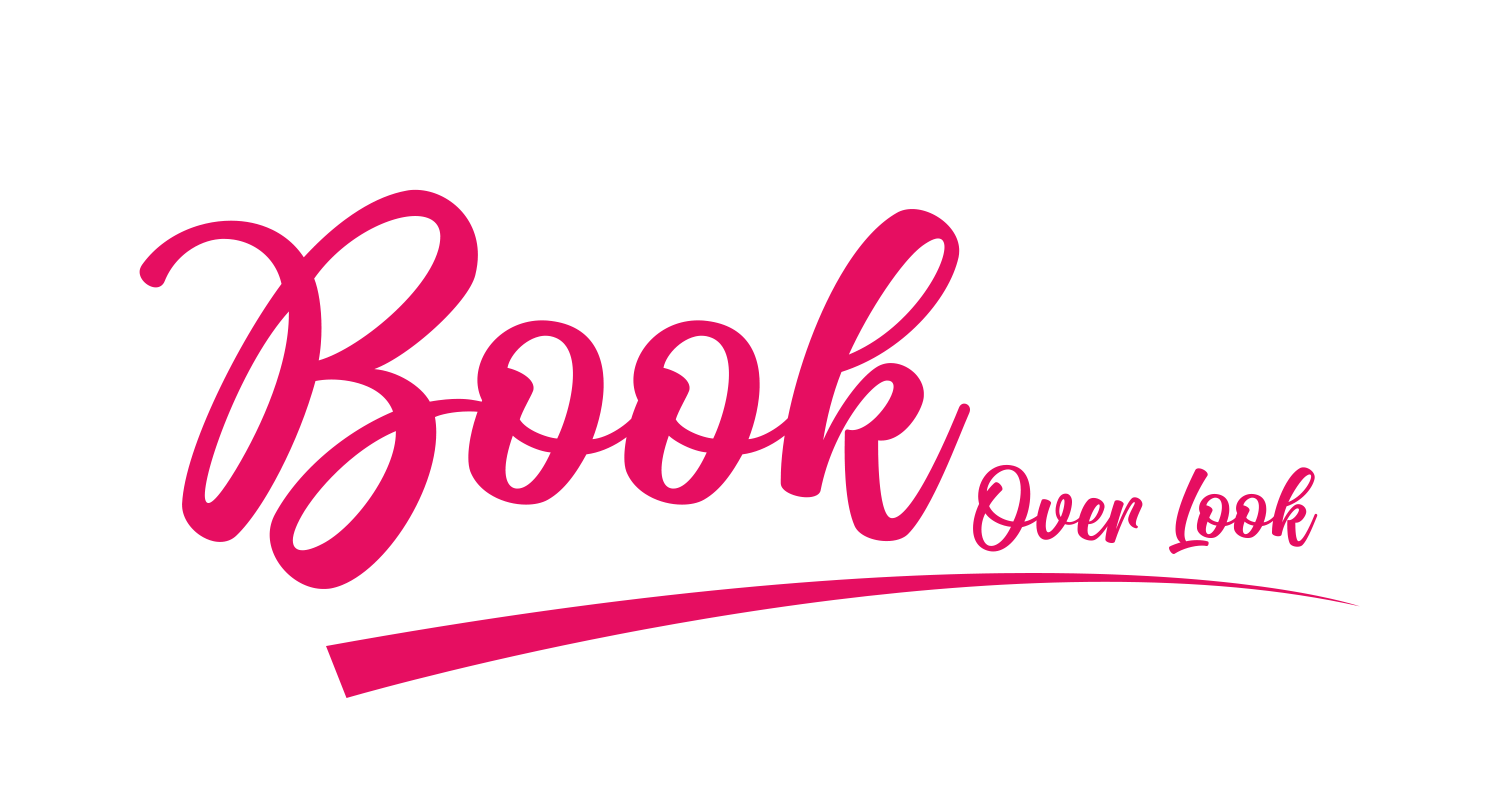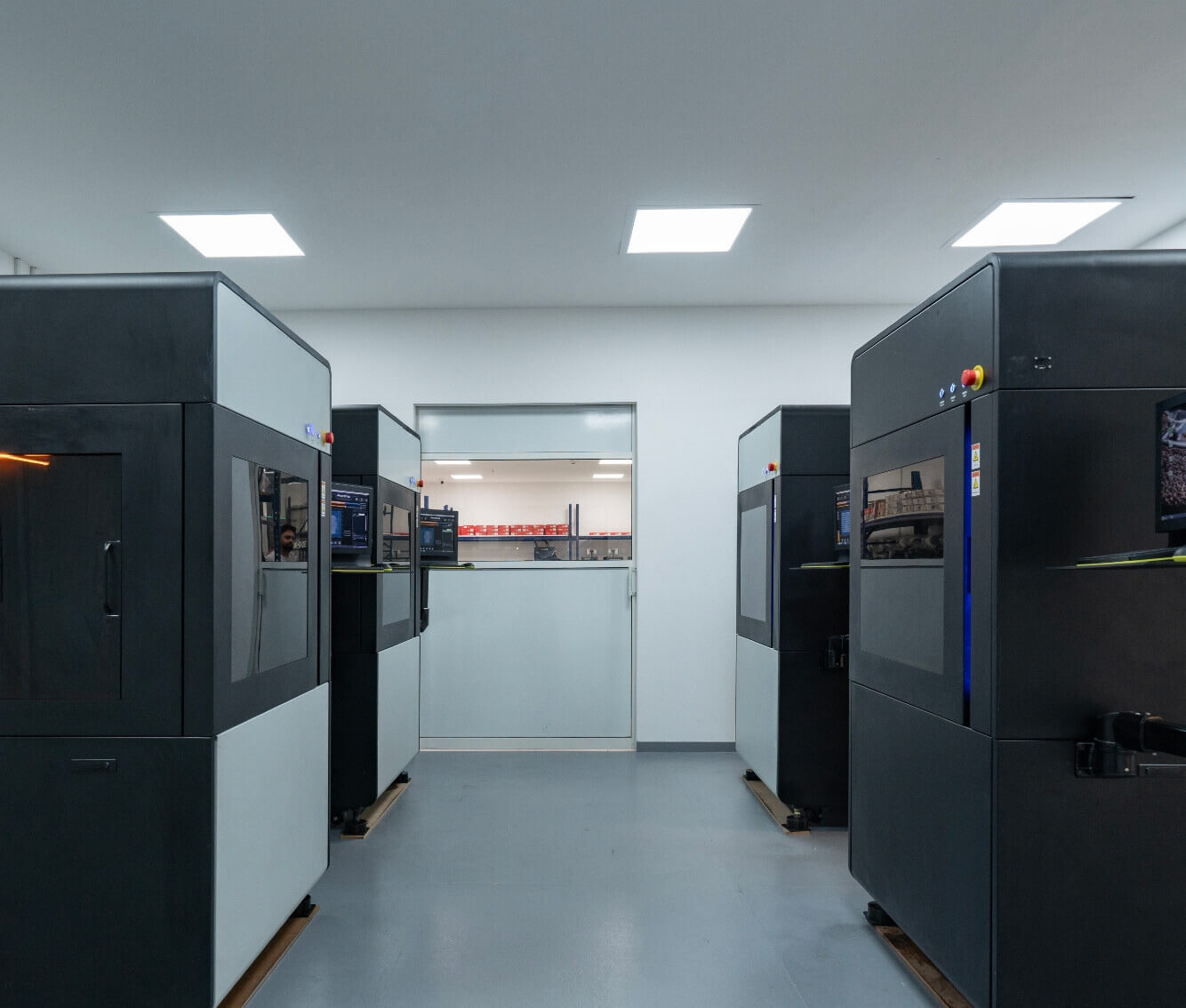The retail industry is experiencing a significant transformation thanks to the integration of 3D printing technology. From product design to inventory management and customer experience, 3D printing is altering the way retailers operate, offering new opportunities to stay competitive in a rapidly changing market. Here’s how 3D printing is revolutionizing retail by driving customization, improving speed, and enhancing efficiency.
1. Customization: Personalization at Scale
One of the most significant changes 3D printing has brought to retail is the ability to offer personalized products on a large scale. Customization has become a key differentiator in consumer products, and 3D printing allows retailers to meet this demand with ease.
- Custom Products for Consumers: 3D printing enables retailers to offer products tailored to individual preferences. Whether it’s custom jewelry, shoes, eyewear, or furniture, customers can now design products that match their exact specifications. Retailers can provide customers with a wide variety of choices in terms of color, material, size, and design—something that traditional manufacturing methods struggle to match.
- Mass Customization: While mass production is often associated with standardization, 3D printing allows retailers to maintain mass production capabilities while offering the option of personalized items. For example, companies like Nike are offering 3D printed sneakers that customers can personalize based on their unique foot shape, providing an almost tailored-fit experience at scale.
- Made-to-Order Products: 3D printing also supports made-to-order models, where products are printed only when a customer places an order. This can range from clothing to accessories to home decor. The ability to produce one-of-a-kind pieces on demand means retailers can offer personalized goods without the risk of excess inventory.
2. Speed: Accelerating Design and Production
Traditionally, product development in retail is a long and costly process. 3D printing has drastically reduced the time it takes to go from concept to finished product, providing retailers with a faster and more efficient way to introduce new items to the market.
- Rapid Prototyping: 3D printing allows designers to quickly create prototypes of new products without waiting for long manufacturing lead times. Retailers can test and refine designs in a matter of hours or days, rather than weeks or months. This speed enhances the product development cycle, enabling retailers to introduce new items faster than ever before.
- Shorter Manufacturing Times: Once a product is designed and approved, 3D printing drastically reduces the time it takes to produce. Traditional manufacturing involves tooling, molds, and assembly lines, which can take weeks or months to set up. In contrast, 3D printing allows for quicker turnaround, with parts being printed layer by layer in a matter of hours. This can significantly reduce the time required to restock inventory or launch new products.
- On-Demand Production: The ability to print products on demand means that retailers can avoid the long delays typically associated with overseas manufacturing. This is particularly useful for retailers that rely on seasonal trends or need quick responses to market demands. For instance, retailers can produce limited-edition products or collaborate with artists for exclusive collections that can be printed on-demand and shipped directly to customers.
3. Efficiency: Streamlining Inventory Management
In addition to accelerating production, 3D printing is helping retailers improve efficiency by optimizing inventory management and reducing waste.
- Eliminating Excess Inventory: Traditional retail operations often involve overproduction to meet potential customer demand, leading to excess inventory, unsold products, and wasted resources. With 3D printing, retailers can produce goods only when they’re needed, reducing the need to keep large amounts of stock. This just-in-time production model minimizes waste, lowers storage costs, and ensures retailers are only creating what they can sell.
- On-Demand Spare Parts: For retailers selling products with multiple components or accessories (like home appliances, electronics, or furniture), 3D printing can be used to produce spare parts on demand. This reduces the need for large inventories of replacement parts, saving space and resources while ensuring customers have access to necessary components when they need them.
- Local Manufacturing: By setting up local 3D printing hubs, retailers can reduce shipping costs and lead times. Instead of relying on centralized factories and long supply chains, businesses can produce goods closer to their customers. Local production centers could also allow for faster delivery and the potential to respond to customer preferences and trends more swiftly.
4. Reducing Costs: Lowering Production and Shipping Expenses
- Cost-Effective Production: 3D printing eliminates many of the overhead costs associated with traditional manufacturing, including tooling, molds, and large-scale production facilities. Retailers can print items on demand without needing to invest in expensive infrastructure, making it possible to offer more affordable products or better margins on custom items.
- Smaller Production Runs: Traditional manufacturing often requires minimum order quantities to make production cost-effective. With 3D printing, retailers can produce small batches of products without the usual minimums, allowing for more experimentation with limited edition items, special collections, or testing new concepts in the market.
- Supply Chain Simplification: Traditional retail supply chains involve multiple intermediaries and transportation stages, which increase costs and inefficiency. 3D printing simplifies this by allowing for decentralized production closer to the consumer, cutting down on logistics costs and improving responsiveness.
5. Sustainability: Reducing Waste and Promoting Eco-Friendly Practices
As sustainability becomes an increasingly important focus for retailers, 3D printing offers several ways to reduce environmental impact:
- Material Efficiency: Unlike traditional manufacturing methods, where material waste is common, 3D printing only uses the exact amount of material needed to create a product. This reduction in waste not only saves on raw materials but also reduces the environmental footprint of production.
- Recyclable Materials: Many 3D printers can use biodegradable, recyclable materials, such as PLA (polylactic acid) filament, which is derived from renewable resources like cornstarch. Retailers can embrace eco-friendly 3D printing practices to appeal to environmentally conscious consumers and contribute to sustainability efforts.
- Localized Production for Lower Emissions: By producing items locally, retailers can reduce the carbon footprint associated with transporting goods over long distances. This contributes to greener, more sustainable supply chains that are becoming more critical in today’s environmentally conscious retail landscape.
Conclusion: Transforming the Retail Landscape
3D printing has the potential to radically transform the retail industry by offering greater customization, improving speed, and enhancing efficiency throughout the product lifecycle. From providing personalized goods and reducing waste to streamlining manufacturing processes and driving down costs, 3D printing is giving retailers the tools they need to meet the demands of modern consumers and thrive in an increasingly competitive market.
As the technology continues to evolve and become more accessible, retailers who adopt 3D printing will not only benefit from more efficient operations but also gain the ability to offer more engaging and personalized experiences that keep customers coming back for more. The future of retail is on-demand, sustainable, and custom-made—thanks to 3D printing.

